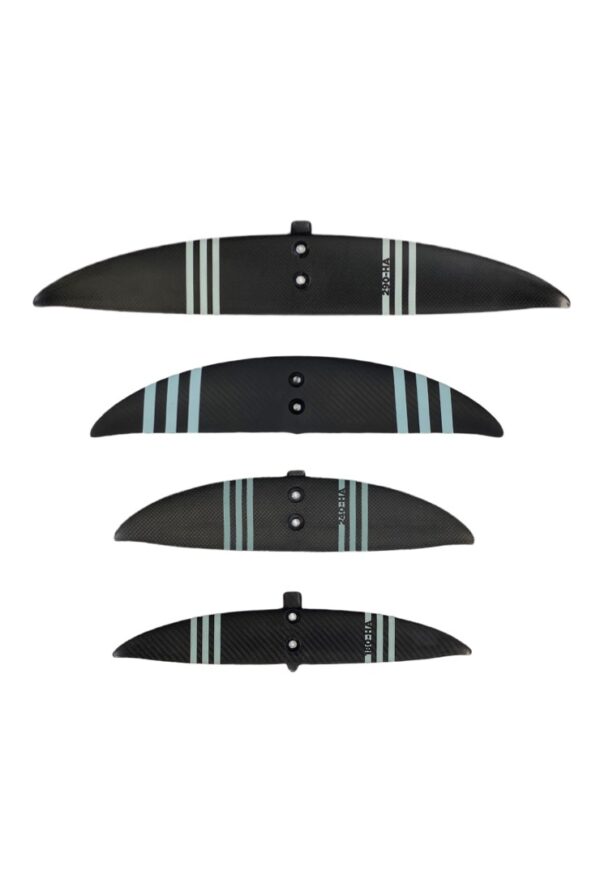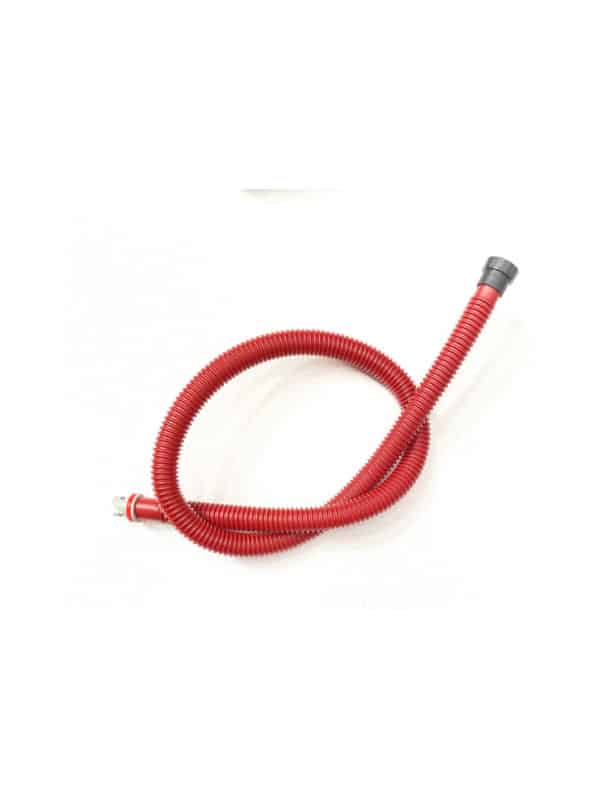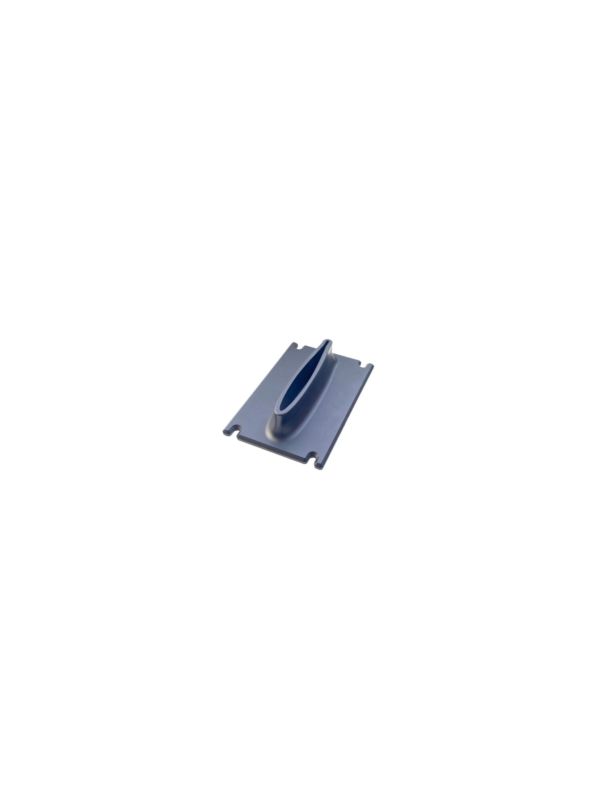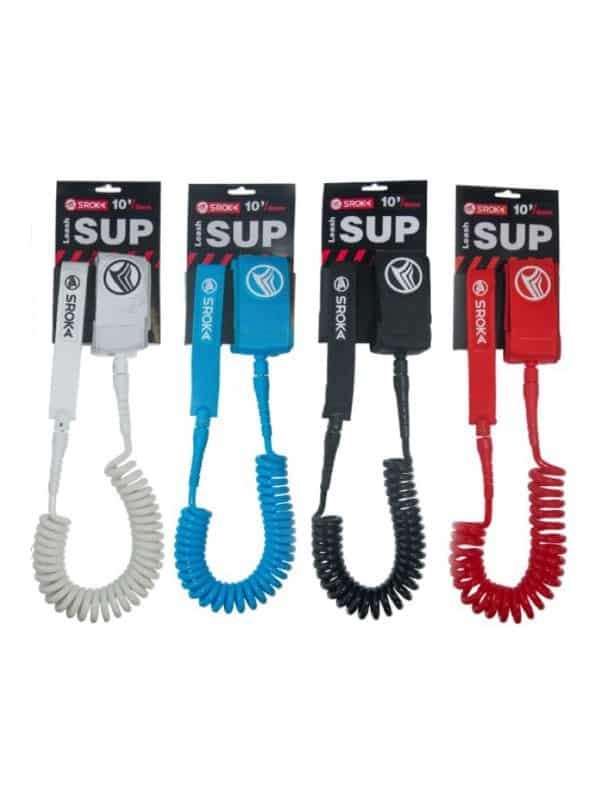




This set of shims produced in G10 allows you to vary the angle of the S-Foil stabilizer. This angle variation increases the range of use of the S-Foil. These adjustment shims of the SROKA S-Foil are placed between the fuselage and the stabilizer. If you’re using the recommended stabilizers, you won’t need adjustment shims unless you’re looking to customize and fine-tune your stabilizer to be more balanced or go faster.
We offer you a small box with 8 wedges with different angles .
This makes it possible to adjust from +3.75° to -3.75° with an accuracy every 0.25°
To begin with, you should know that with each foil we offer, We recommend a suitable stabilizer according to your size and level. For example, with the 1350 Lift, a 95 kg gauge will use the 300 cm2 stabilizer more easily, while the 60 kg gauge will use the 180 cm2 stabilizer.If you follow our recommendations, you don’t need adjustment shims
.
If the 95 kg guy wants to go faster and increase his maneuverability by using a 180 stabilizer, it’s possible. However, as the stabilizer has not been designed for this type of gauge, it will lose longitudinal stability. It will then be necessary to use an adjustment wedge (positive angle (rear of the wedge thicker than the front)) to recover perfect longitudinal stability.
To understand the principle of an adjustment wedge, you must first understand how the stabilizer works. To stabilize, you have to brake more or less the foil. The two main parameters for braking a foil are increasing the surface area of the stabilizer as well as increasing the angle of the rear fin.

The few shims available on the market are made of plastic injection, aluminum or 3D printer.
We have developed G10 shims to have the
maximum precision
with the
maximum finesse
. G10 is a very dense material that is highly resistant to crushing (10 layers of fiberglass pressurized to make a single thickness. It is insulating, it can be machined very finely, and does not compress). It’s a nice piece that brings a real plus in the precision of the settings while keeping the same rigidity.
The g10 wedge is positioned between the stabilizer and the fuselage. It’s simple and easy to use.
Troubleshoot an issue:
The goal in navigation is to have the same pressure on both legs. If you have too much pressure on the front foot, i.e. the foil is only going up, then you need to reduce the angle of the stabilizer by using a negative wedge (thicker edge in front than behind).
If you find your foil too unstable in the longitudinal axis, or if you The foil tends to dive forward, you can angle your outrigger by using a positive wedge (thicker edge at the rear than at the front front) before trying to change the position of the mast on the rails.
Customize your experience:
If your goal is to go faster, you need to reduce drag by reducing the angle of the stabilizer. The 240 and 180 stabilizers already have a very small angle. If you have the 300 stabilizer, you can reduce its angle (with a negative wedge) to gain a bit of speed without having to change stabilizers.
The influence of the fuselage on stability:
The longer the fuselage, the more stable the foil is longitudinally, so you can reduce the angle or size of the stabilizer to gain speed.
Conversely , the shorter the fuselage, the less stable the foil. So you can add angle to gain stability.
How to do your tests on the water?
Once you have chosen the type of shim you want, test them directly with +1°, and then adjust as you see fit in increments of 0.25 degrees.
| Weight | 0,5 kg |
|---|




SROKA SHOP
62 rue de Penhoat – 29850 Gouesnou, France
Timetables
Monday to Friday
9:15 a.m. to 5:45 p.m.
